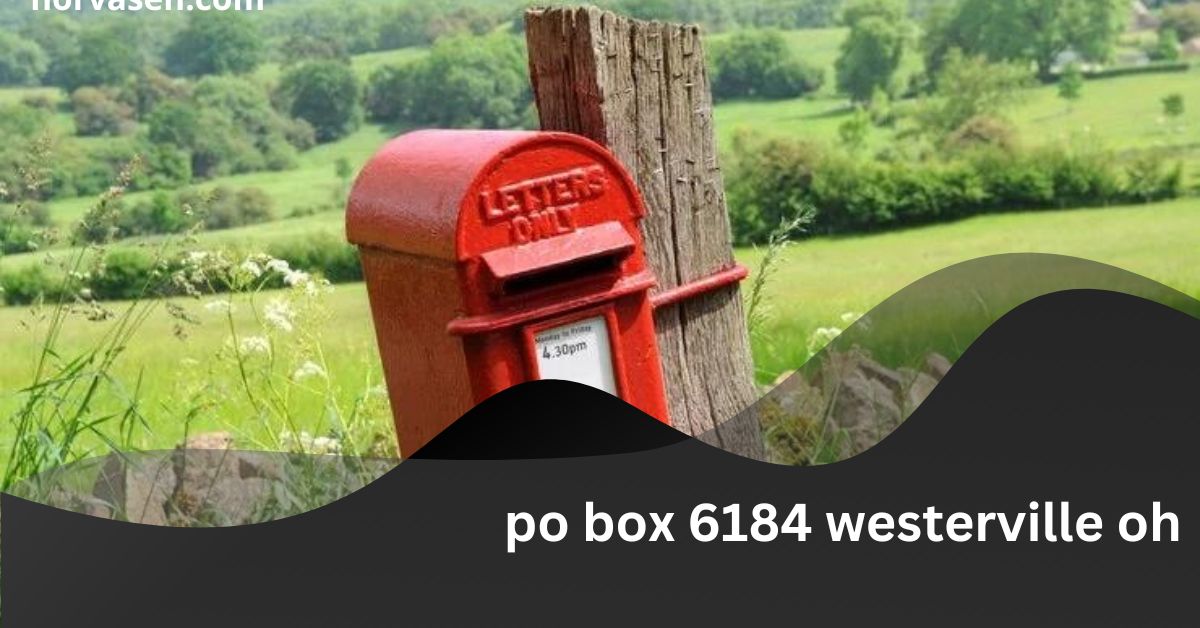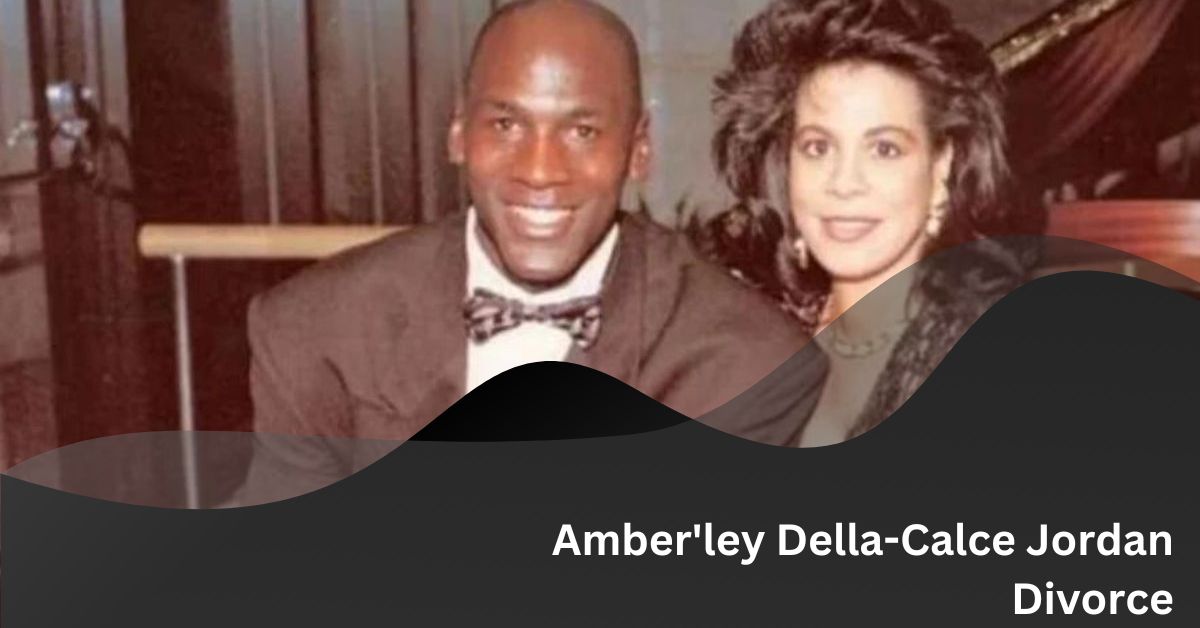When you drive a car with an automatic transmission, you might notice the letters PRNDOT on or near the gear shift. Each of these letters represents a specific position that controls how your vehicle operates. Understanding these letters is crucial for safe and efficient driving. In this article, we will break down what PRNDOT means, its significance in automotive technology, and how to effectively use these settings to enhance your driving experience.
What Does PRNDOT Stand For?
The letters PRNDOT represent the following settings on an automatic transmission:
- P – Park: This setting locks the transmission and prevents the vehicle from rolling. It is essential to engage Park when you want to stop the car completely, especially when parking.
- R – Reverse: Engaging this setting allows the car to move backward. Always ensure it is safe to reverse before shifting to this position.
- N – Neutral: This position disengages the engine from the wheels, allowing the vehicle to roll freely. It is typically used when the car needs to be towed or pushed.
- D – Drive: This is the primary setting for driving forward. The transmission automatically shifts through the gears as the car accelerates.
- O – Overdrive: Some vehicles include an Overdrive setting (often labeled as “D” with a line below it) that optimizes fuel efficiency at higher speeds by allowing the engine to run at a lower RPM.
- T – Tow/Haul: This setting adjusts the transmission for towing heavy loads, providing more torque and better engine braking.
Understanding these settings can help you navigate different driving conditions safely and effectively.
Importance of PRNDOT in Automotive Technology
The PRNDOT system plays a vital role in modern vehicles. Here are a few reasons why it is important:
1. Safety
The design of the PRNDOT system enhances safety. The Park position locks the transmission, preventing unintentional movement. This is especially crucial when parking on an incline, as it helps keep the car stationary.
2. Driver Control
Each setting provides drivers with control over their vehicle’s movement. By understanding when to use Reverse, Neutral, or Drive, drivers can navigate different situations—such as parking, merging onto highways, or even navigating tricky terrain—more efficiently.
3. Fuel Efficiency
Utilizing the Overdrive setting can lead to better fuel efficiency. By reducing engine RPMs at higher speeds, Overdrive helps save gas, making your driving more economical.
4. Adaptability
The PRNDOT system allows drivers to adapt to various driving conditions. Whether you are towing a trailer or driving in heavy traffic, knowing when to switch to Tow/Haul or use Drive effectively can make a significant difference in performance.
How to Use PRNDOT Effectively
Using PRNDOT correctly is essential for optimal vehicle performance. Here are some practical tips:
1. Starting Your Car
Always start your car in the Park position. This ensures that the vehicle will not roll when you turn the ignition. Once the engine is running, you can shift to Drive or Reverse as needed.
2. Parking Safely
When parking, engage the Park setting. Additionally, it’s good practice to set the parking brake, especially on inclines. This provides an extra layer of safety.
3. Reversing Cautiously
When shifting into Reverse, always check your surroundings. Look over your shoulder and use your mirrors to ensure that it is safe to back up. Engage the Reverse setting smoothly and avoid sudden movements.
4. Using Neutral Wisely
Neutral can be useful when you need to tow your vehicle or push it short distances. However, avoid using it while driving, as it can reduce your control over the vehicle.
5. Maximizing Fuel Efficiency with Overdrive
If your car has an Overdrive feature, engage it when driving at higher speeds on highways. This can help save fuel and reduce engine wear. However, if you are driving in hilly areas or towing, consider switching it off to maintain better control.
6. Understanding Tow/Haul Mode
If you frequently tow heavy loads, familiarize yourself with the Tow/Haul mode. This setting alters the transmission’s shift points for better performance while hauling. Always switch to this mode when necessary to prevent straining the engine.
Common Mistakes to Avoid
To maximize the benefits of the PRNDOT system, be aware of common mistakes drivers make:
1. Shifting Without Stopping
Avoid shifting from Drive to Park or Reverse without coming to a complete stop. This can damage the transmission and lead to costly repairs.
2. Using Neutral While Driving
Some drivers mistakenly use Neutral while driving to save fuel. This is not advisable, as it reduces control over the vehicle and can be dangerous, especially in emergencies.
3. Ignoring Warning Lights
If your dashboard displays a warning light related to the transmission, don’t ignore it. Consult your owner’s manual or a professional mechanic to address any issues promptly.
4. Neglecting Maintenance
Regular maintenance of your vehicle’s transmission is crucial. Follow the manufacturer’s recommendations for fluid changes and inspections to keep your transmission functioning smoothly.
Conclusion:
Understanding the PRNDOT system is essential for any driver of an automatic vehicle. By familiarizing yourself with the meanings of each letter and how to use them effectively, you can enhance your driving safety, efficiency, and overall experience. Always remember to prioritize safety and maintain your vehicle to ensure optimal performance.
FAQs:
1. What does PRNDOT mean?
PRNDOT stands for Park, Reverse, Neutral, Drive, Overdrive, and Tow/Haul. Each letter indicates a specific gear position in an automatic transmission.
2. Why is it important to use Park when stopping?
Using Park engages the transmission lock, preventing the vehicle from rolling. This is particularly important when parking on inclines.
3. Can I shift from Drive to Reverse while moving?
No, you should always come to a complete stop before shifting from Drive to Reverse. Doing so while moving can damage the transmission.
4. When should I use the Neutral setting?
Neutral is best used when towing or pushing your vehicle. Avoid using it while driving, as it can lead to loss of control.
5. What is Overdrive, and when should I use it?
Overdrive allows the engine to run at lower RPMs while driving at higher speeds, improving fuel efficiency. Engage it on highways and flat roads.
6. What happens if I forget to engage the parking brake?
If you don’t engage the parking brake while in Park, your vehicle could roll if parked on an incline. Always use the parking brake for added safety.
7. Can I use Tow/Haul mode all the time?
While you can use Tow/Haul mode when necessary, it’s best to switch back to Drive when not towing. Tow/Haul mode adjusts shift points, which may not be ideal for everyday driving.
8. How can I tell if my transmission needs maintenance?
If you notice warning lights, unusual noises, or difficulty shifting gears, it may be time for maintenance. Consult a mechanic if you experience any of these issues.
9. What are the risks of using Neutral while driving?
Using Neutral while driving reduces your control over the vehicle and increases the risk of accidents. It is not safe to use in normal driving conditions.
10. Is it okay to shift gears while the car is still moving?
You should only shift gears when your vehicle is at a complete stop, except for shifting between Drive and Overdrive in some modern vehicles. Always follow your owner’s manual for proper guidelines.



